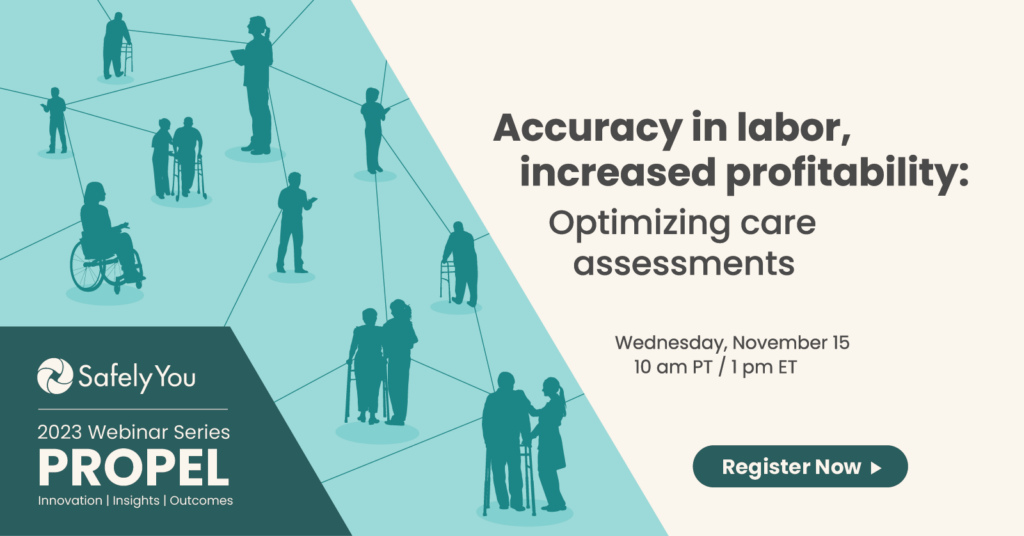Unfortunately, falls are a common occurrence in senior living communities. And they are even more common for adults living with dementia, who fall four times per year on average — nearly twice as often as those without dementia.
While falls lead to a variety of injuries, I want to focus on one specific injury that springs to mind for many of us — hip fractures. Falls cause more than 95 percent of hip fractures that occur in older adults and often require surgery, physical therapy and months of recovery time. And approximately 25% of long-term care patients who fracture a hip die within six months of the accident.
These are daunting statistics, so I want to share an interesting study published in the Journal of Bone and Mineral Research, which explores how to prevent falls that result in hip fractures specifically.
A research team at Simon Fraser University in British Columbia analyzed video footage of real-life falls and found that all hip fractures involved falls from standing height and pelvis impact with the ground. Interestingly, backward falls were safest, and forward and sideways falls reported similar incidences of hip fracture.
When patients used wearable hip protectors, they reduced their risk of hip fracture twofold. And when they used mobility aids like walkers, they reduced their risk of hip fracture during a fall by over threefold.
The researchers are currently developing strategies that will help increase the use of hip protectors in senior living communities and are finding new ways to design hip protectors and make them even more effective in the future.
Keep in mind that hip protectors and mobility aids are just part of the equation. For a well-rounded fall prevention program, you don’t want to overlook the importance of balance and strength training. You’ll find great tips for specific exercises in our Fall Prevention Exercises blog.
Detecting Hidden Hip Fractures
It is also important to note that not all hip fractures are dramatic events. In fact, some people may walk around and function rather normally for several days before showing signs of pain or injury.
This is exactly what happened to a memory care resident who did not have SafelyYou’s fall detection technology installed in her bedroom. She was complaining about hip pain and the care staff suspected a fall, but the resident was not able to recall or report if she had fallen. After a few days, the pain increased, and the staff wondered if a second fall had happened. The resident went to the ER, where they discovered that her hip was indeed broken, and she had surgery to repair it.
Before the resident returned to the community, her daughter reached out to the Memory Care Director and requested SafelyYou’s service to be installed in her mother’s room. She now understood that video insight would have alerted the staff about the falls and they could have helped her mom much sooner than they were able to without the videos.
To learn more about fall prevention in memory care communities, visit the SafelyYou Fall Huddle Resource Hub.





